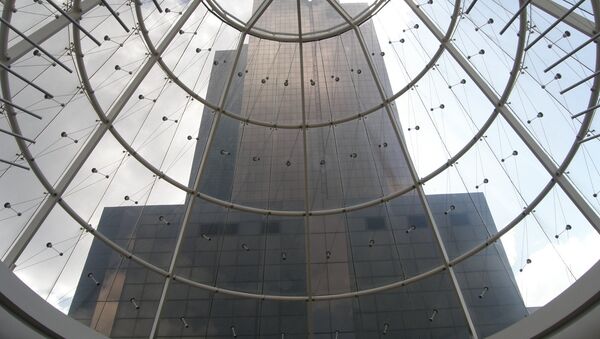Kristian Rouz – The Reserve Bank of South Africa (RBSA) left base borrowing costs and repo rates unchanged at 7pc each. The central bank’s tightening cycle is probably over, as economic growth dynamics appear to be insufficient to support more expensive borrowing rates.
The outlook for inflation remains unchanged, with economic growth having accelerated to 3.3pc in 2Q16 after posting a lackluster —1.3 the previous quarter. RBSA governor Lesetja Kganyago said the inflation is likely to accelerate slightly in the short-term.
"While domestic economic growth prospects appear more favorable following the positive surprise in the second quarter of this year, the outlook remains constrained against a backdrop of weak domestic fixed investment and low levels of business and consumer confidence," Kganyago said.
All these, coupled with the volatility in the national currency’s FX rate, are likely to mount additional pressure on domestic consumption.
The rand, however, has rebounded slightly in the recent weeks amid brighter domestic growth prospects as compared to the brief contraction earlier this year, and the US Federal Reserve’s protraction on rate hikes coupled with the RBSA tightening cycle, despite the latter having probably come to an end.
"The MPC is of the view that should current forecasts transpire, we may be close to the end of the tightening cycle," Kganyago said.
Inflation is expected to average 6.4pc for the year, while the RBSA target is within the 3-6pc range. The RBSA has hiked its repo rate by a total of 2pc over the past two years to battle inflation. The most recent hike occurred in March.
"The MPC statement […] was more dovish than we had expected," John Ashbourne of Capital Economics Africa said in a note. "This was the first meeting at which the governor hinted that South Africa's tightening cycle […] is nearing its end."
"There will be much interest in where South Africa stands with its tightening cycle, given the tepid growth outlook," Razia Khan of Standard Chartered Bank said. "One factor is clear however — with inflation improving but still forecast to remain near the upper end of the target 3-6 percent band in the coming years, it would be too premature to call for easing."




